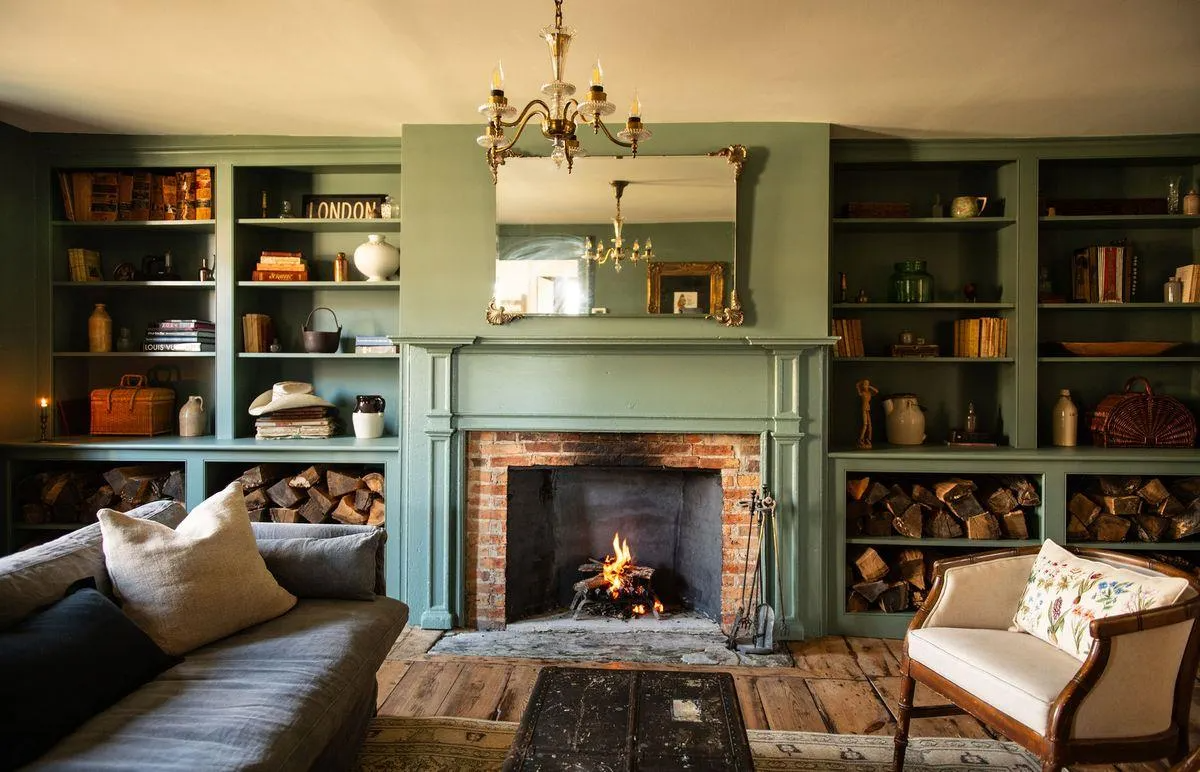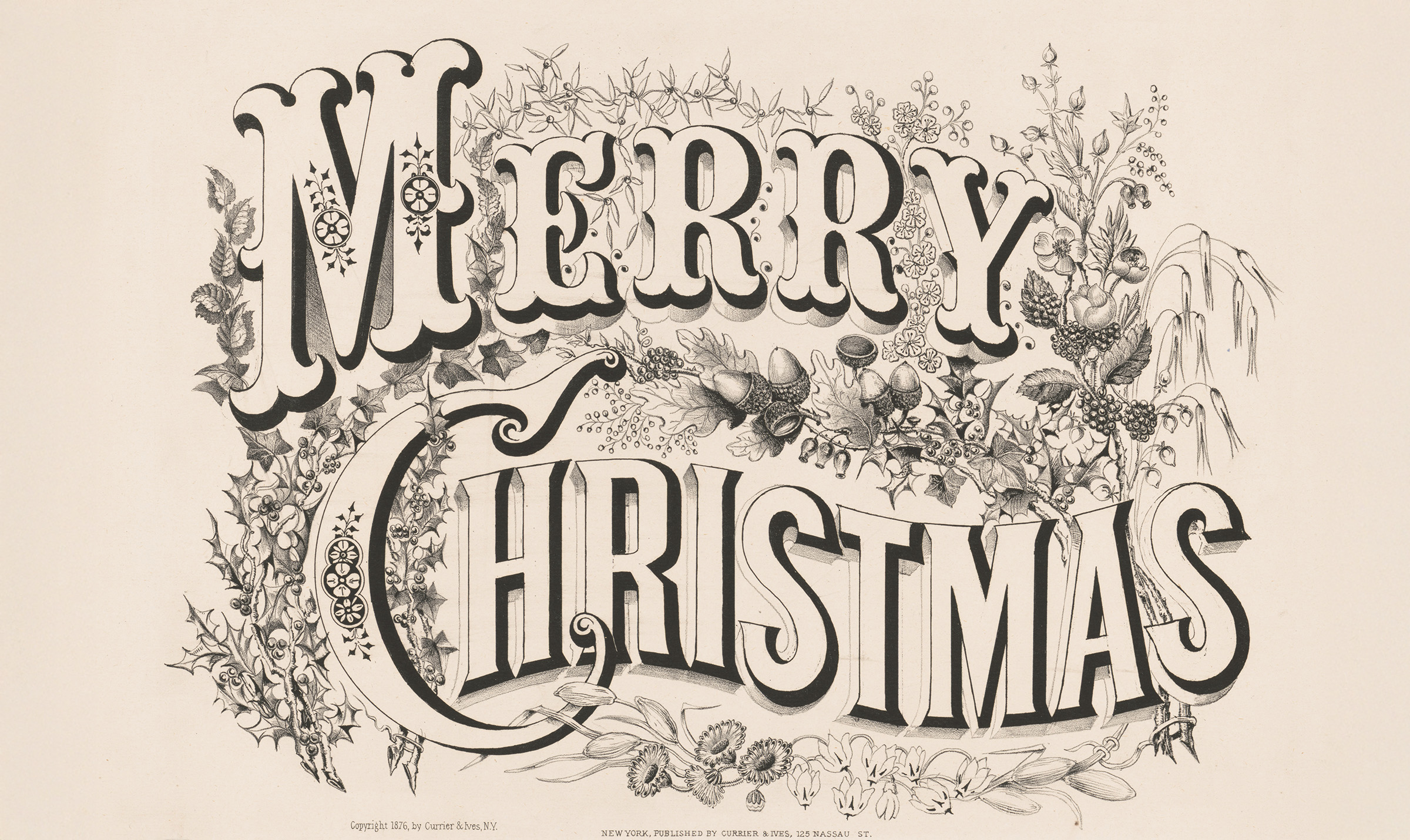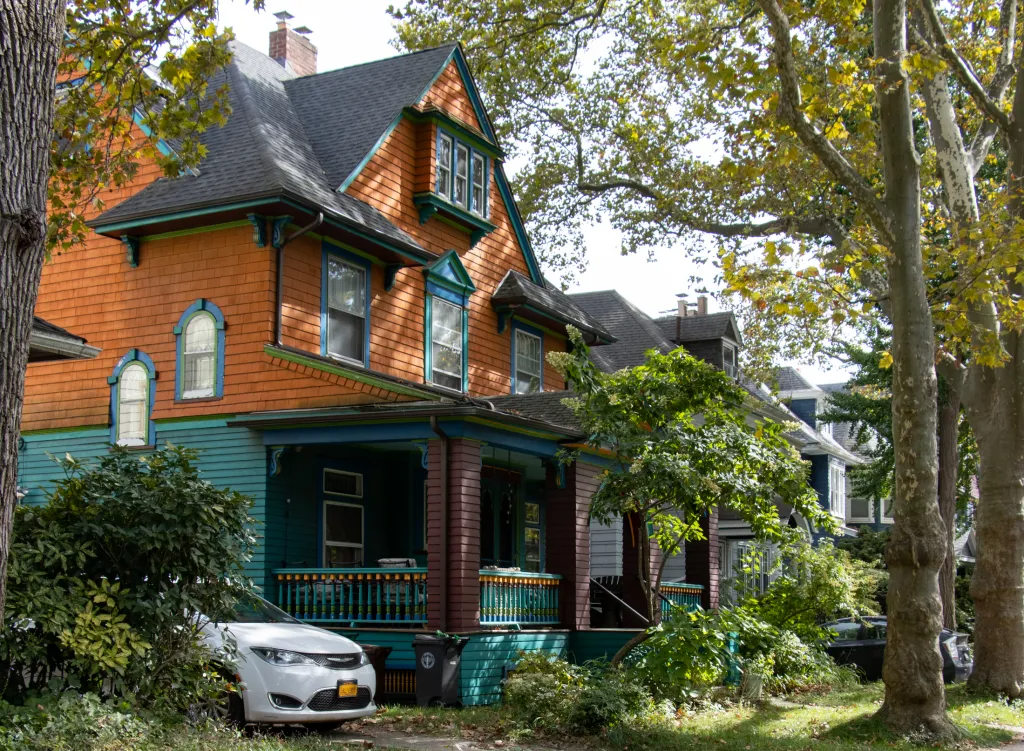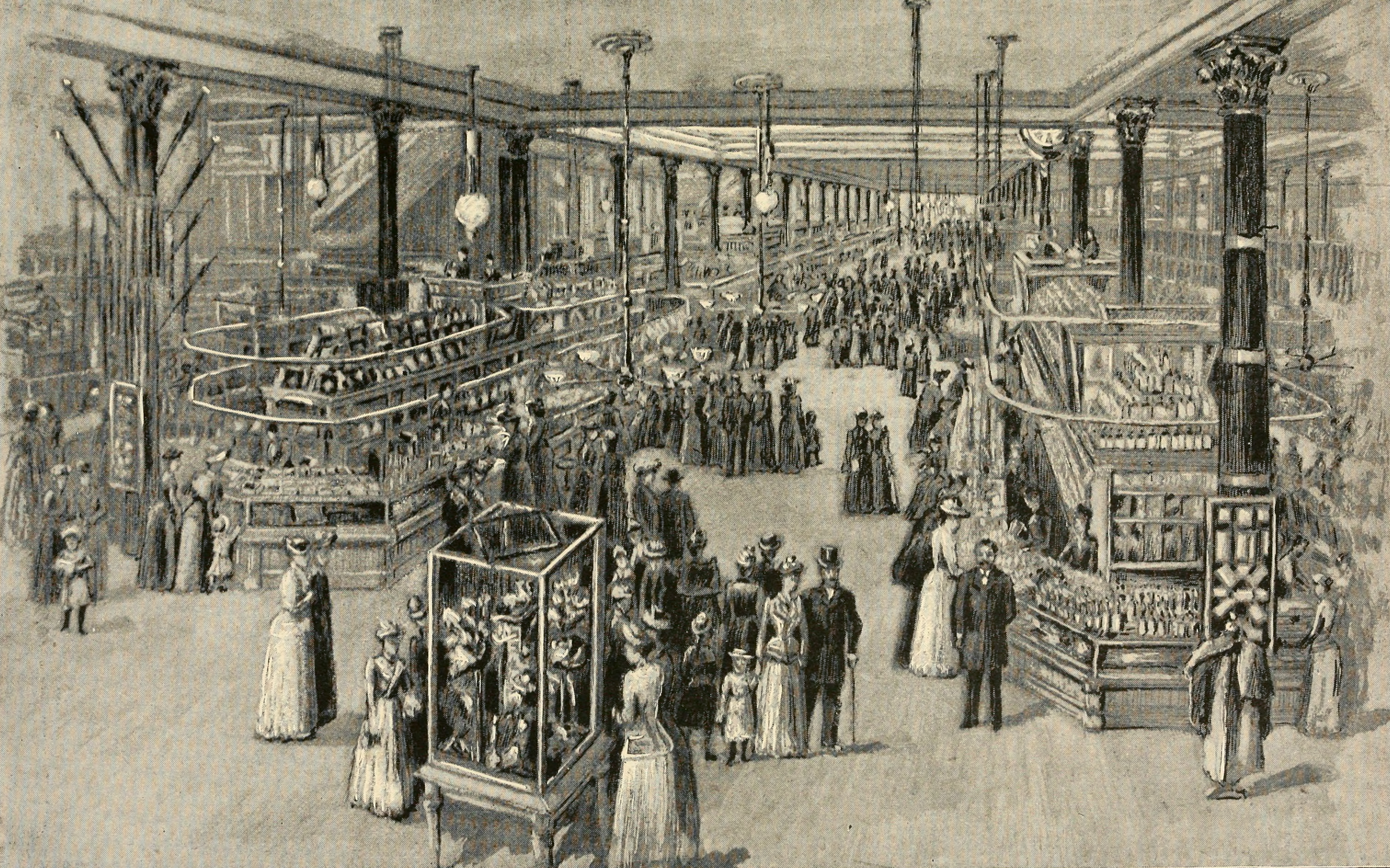So much great art to see right now at P.S. 1 in LIC
The contemporary art venue, P.S.1, the cooler wing of the Museum of Modern Art, is housed in an enormous old public school building in Long Island City that is seemingly custom made for the presentation of art. There are endless classrooms, wide hallways, soaring ceilings, and unconventional spaces – like the boiler room, where you…


The contemporary art venue, P.S.1, the cooler wing of the Museum of Modern Art, is housed in an enormous old public school building in Long Island City that is seemingly custom made for the presentation of art. There are endless classrooms, wide hallways, soaring ceilings, and unconventional spaces – like the boiler room, where you can see the work of Saul Melman, who covered the now defunct boiler in gold leaf, or a fenced-in stairwell, featuring trudging William Kentridge silhouettes.
The venue delivers a unique, nostalgic institutional atmosphere and a feeling that the structure organically grew out of the once intensely industrial area. Even aside from the successful summer Warm Up sessions, Young Architects Program installations and buzzing new M. Wells Dinette, it’s always an adventure to go to P.S.1 to explore its nooks and crannies, and to experience a strong curatorial program of art.
Right now there are no less than nine special exhibitions installed throughout the old building that are distinctly different, engaging, and in some cases, challenging – these, in addition to the singular pieces on view long-term.

Huma Bhabha: Unnatural Histories A substantial exhibition featuring the work of Pakistani American artist Huma Bhabha. Although her sculptures are constructed from decay-signaling materials including styrofoam, chicken wire, bone and matted clay, and may seem unsettling and disjointed, her underlying structure is entirely formal, based in Greek and Buddhist traditions of representation. Especially powerful are the photo-based drawings, which complement the sculptural work but stand quite alone as works of masterful composition and emotion. Through April 1.

Installation view of Thomas Lanigan-Schmidt: Tender Love Among the Junk, 2012. Photo: Matthew Septimus
Thomas Lanigan-Schmidt: Tender Love Among the Junk Today we’re used to a pairing of the sacred with the profane (think Madonna’s Like a Prayer) but in the 1960s, it was shocking. When Thomas Lanigan-Schmidt moved to New York as a young man he was inspired by and used items found in the trash. These he assembled to make dramatic, glittering objects and installations that play off Byzantine altarpieces and objects. He inserts imagery dealing with class, race and homosexuality into traditional religious formats and the result is both aesthetically delightful and bittersweet. Linger at the end of the show to hear the secular narrative sung in the style of a Latin Mass. Through April 1.

Ed Atkins. Warm, Warm, Warm Spring Mouths. 2013. 16:9 HD video with 5.1 surround. Courtesy the artist; Cabinet Gallery, London; and Isabella Bortolozzi Galerie, Berlin. © 2013 Ed Atkins
Ed Atkins While video games quickly surge ahead technologically to give us more realistic representations of the natural world, there isn’t a great deal of art being made in this format so it’s good to see an artist infiltrating this genre and making it work as art. Two videos, Us Dead Talk Love (2012) and Warm, Warm, Warm Spring Mouths (2013), are on view, and the titles well reflect the surreal environments and narratives presented where technology conflicts with and overcomes humanity. Through April 1.

Installation view of Cyprien Gaillard: The Crystal World at MoMA PS1, January 2013. Photo: Matthew Septimus
Cyprien Gaillard: The Crystal World The dramatically lit cases of grouped polaroids displayed through long hallways, a 2006 series called Geographical Analogies, could alone make this show. Gaillard is interested in drawing links from ancient ruins to modern abandoned spaces – the result is a dull feeling of loss. Touching on the same themes of decay, but created using present-day technology (shot with an iphone), the video Artefacts (2011) shows military ground movements in post-conflict Iraq juxtaposed with shots of the renowned Ishtar Gate. Also stunning are a series of excavation teeth, agents of destruction, presented as art in lovely cases, again, dramatically lit from above. Through March 18.

Lucas Blalock. Strange Loop (detail). 2009. Courtesy the artist and Ramiken Crucible
New Pictures of Common Objects Through a variety of media, five emerging artists play with the notion that images today are democratically accessible and universally manipulated, a reality that has, according to P.S. 1, “. . . flattened hierarchies, fostering a sense of equivalence and ambiguity in which making, consuming, and sharing are all regarded as creative acts.” Through March 3.

Betye Saar. Black Girl’s Window, 1969. Assemblage in window. 35 3⁄4 x 18 x 1 1⁄2 in. (90.8 x 45.7 x 3.8 cm). Collection of the artist; Courtesy of Michael Rosenfeld Gallery, LLC, New York
Now Dig This! Art and Black Los Angeles, 1960-1980 Among the well established African American visual artists who began their careers in Los Angeles, connected to vital political, artistic and multi-cultural communities, are David Hammons, John Outterbridge and Betye Saar. The show includes no less than 140 pieces by thirty-two artists. You’ll recognize those haunting early Betye Saar works – paintings as well as rustic constructions – such as Black Girl’s Window (1969), and the poignant American flag imagery of David Hammons. Through March 11.

Jeff Elrod. Blue Figment. 2012. UV ink on canvas. Courtesy of the artist
Jeff Elrod: Nobody Sees Like Us Whoa! Four “frictionless drawings” by Jeff Elrod are neatly installed in a side room, becoming the exhibition Nobody Sees Like Us. The works are an homage to artist Brion Gysin and William S. Burroughs as they experimented with Gysin’s “dream machine,” a device that used varying light frequencies to stimulate closed eyes. The results, naturally, were intended as hallucinatory. The visual effects of Elrod’s pieces are indeed very powerful, he strenuously manipulates drawings with his computer, rendering extremely blurry images with ink directly on the canvas to dizzying effect. Through April 1.

Metahaven in collaboration with IMMI, Iceland. Data / Saga. 2013. Digital models and sketches
Metahaven: Islands in the Cloud The Dutch design team, Vinca Kruk and Daniel van der Velden, who together formed Metahaven, are interested in using graphic design as a point of departure for exploring notions of statehood, currency and information networks. To this end they conduct research and produce exploratory projects for fictional clients such as WikiLeaks. (What would an identity, logo or advertisement for WikiLeaks look like?) In viewing this show as a global citizen and consumer, everything is instantly recognizable and disturbing all at once. Through April 1.

CONFETTISYSTEM. Stage design for Warm 2012 at MoMA PS1. Courtesy the artists
CONFETTISYSTEM: 100 Arrangements You may recognize the designs of CONFETTISYSTEM as the current in-house set designer for P.S.1’s summer Warm Up concert series – those shiny and happy but decidedly lo-tek installations flexibly hung in layers making possible multiple iterations. The firm designs stage sets, installations and objects for musicians, fashion houses, magazines, among others. Enjoy the enormous tropical pineapples and peaches displayed for your viewing pleasure. Through March 31.
MOMA PS1, 22-25 Jackson Ave., Long Island City, NY 11101; (718) 784-2084; momaps1.org (GMAP)
Hours: 12-6pm, Thursday through Monday (Closed Tuesday and Wednesday)
Admission: $10 adults; $5 students and senior citizens; free for MoMA members, MoMA Corporate Members, MoMA admission ticket holders, Long Island City Residents, NYC public school students, Members of the Press, and other Museum Staff with valid ID.





What's Your Take? Leave a Comment